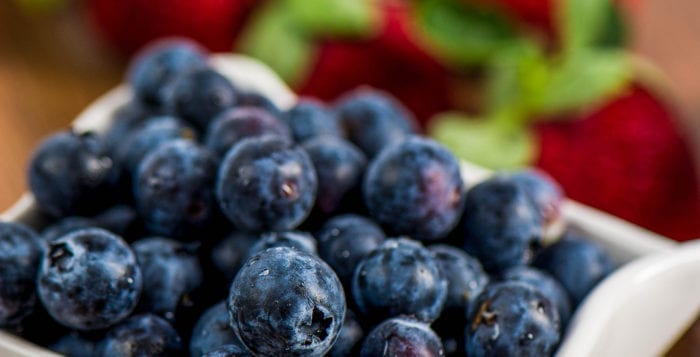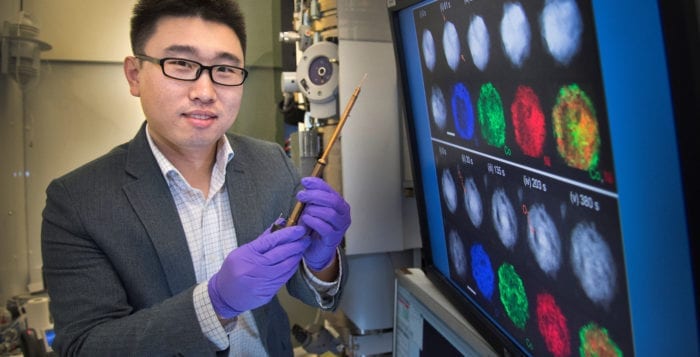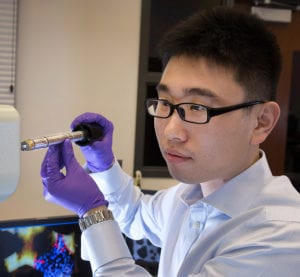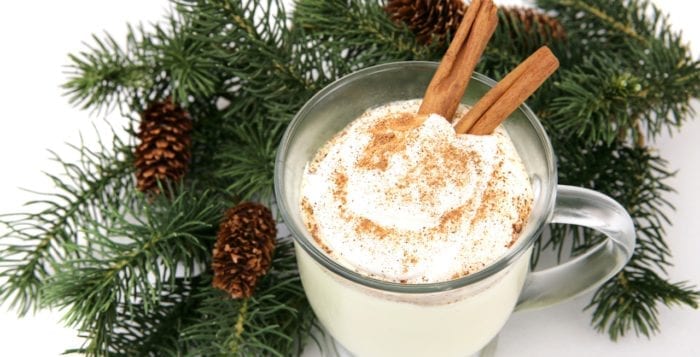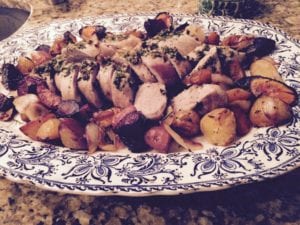By Ellen Barcel
Sometimes we just plunge into gardening and sometimes, especially if it snows outside, we’re staring at a beautiful fire in the fireplace and just pondering where do those odd plant names come from?
Marshmallow

Ever wonder where the word “marshmallow” comes from for the delightful candy we float in hot chocolate? Well, way back when, when the treat was first concocted in ancient Egypt, it was a mixture of honey (a sweetener) and the sap of the marshmallow plant (a thickener). Read the ingredients of marshmallows today and you’ll see they say basically sugar (the sweetener), water and gelatin (a thickener), then coated with cornstarch (to keep them from sticking together).
Marshmallow (Althaea officinalis) is a perennial plant found in Europe, Asia and North Africa and, as its name implies, grows in marshes. If you are interested in growing herbs, you can get the seeds online. The plant, which produces a light pink flower, grows to about three feet tall and needs a rich soil that holds moisture (remember it’s a marsh plant). It’s a perennial in U.S.D.A. zones 3 through 9 (Long Island is zone 7). You must be patient with this one as it doesn’t flower generally until the second year and may take even longer to have its roots large enough to harvest some.
Hellebores
Hellebores (Helleborus niger and H. orientalis) are early, herbaceous bloomers that come in a wide variety of colors from white through pinks and purples and even green. The cup-shaped flowers bend over (making it hard to photograph them, I know). Consider planting them in a raised bed so you can more easily enjoy the flowers.

Hellebores, also known as winter rose or Lenten rose, are not closely related to roses at all. They do well in U.S.D.A. hardiness zones 5 through 8. They’re very cold hardy — you can sometimes see them poking through late snows. However, check the variety you are planning to add to your garden as some are more cold tolerant than others.
But, where does the name hellebore come from? There’s folklore stating that the plant was used in old witchcraft to summon demons. But the name actually comes from the Greek meaning to harm food, as some varieties of hellebores are highly toxic, so I guess that is “hellish.” Other folklore, which relates to the name Christmas rose (H. niger), is that the tears of a young girl led the plant to bloom around Christmas as a gift to the Christ child.
Jacob’s ladder
Then there’s Jacob’s ladder (Polemonium caeruleum). The leaves rise along the stem, some seeing it like the biblical Jacob’s ladder to heaven in his dreams. According to Rutgers Extension, the plant is rarely bothered by deer, a plus on Long Island, but no plant is deer proof if they are hungry enough. It’s also somewhat drought tolerant, another plus, and shade tolerant. The bell-shaped flowers can be white, pink, blue or even yellow — take your pick.

Like hostas, Jacob’s ladder prefers a semi-shady to shady location since it is a small woodland plant. It can burn in strong sunlight. Make sure the soil is rich as a woodland’s might be. It prefers cooler weather and may need to be cut back in the heat of summer. P. reptans is a creeping Jacob’s ladder and native to North America.
I’ve read that cats really like Jacob’s ladder, as they like catnip, so if you have a lot of stray cats around you may need some form of protection for them, the plants that is, not the cats. An herbaceous perennial, it can be divided every few years. This is one where the seeds can still be planted in late autumn and will germinate the following spring.
Solomon’s seal
Solomon’s seal, (Polyonatum odoratum) also known as King Solomon’s seal is native to North America, does well in full or part shade and blooms May to June. The herbaceous perennial is in the asparagus family and a relative of lily of the valley.

As a woodland plant, it is relatively small, just a foot or two in height. In woodlands trees shed their leaves, which decay to form a rich compost, so keep this in mind when growing it in Long Island’s very sandy soil. Add compost to your shade planting bed (or let your leaves compost themselves under your trees in the shade). It does well in U.S.D.A. zones 5 through 9 and can be grown in more acidic soil than the others above, with a pH of 5.0 to 7.
Its scientific name refers to the “many knees” found on the underground rhizome. But where does the common name come from? Some noted the depressed spots on the underground roots and thought it looked like the royal king’s seal. Others thought a cross section of the stem resembled a Hebrew character.
Consider interspersing your Solomon’s seals with some nice, hardy ferns. Since they spread by the rhizomes as well as reseed themselves, you can develop a really nice bed. As they are somewhat slow growers, the seedlings will take a few years to bloom, but established beds can be divided in early spring.
The first three of the above plants do best in a soil pH near neutral (7) — only slightly acidic to a bit alkaline. Consider liming your soil if it is very acidic.
Ellen Barcel is a freelance writer and master gardener. To reach Cornell Cooperative Extension and its Master Gardener program, call 631-727-7850.


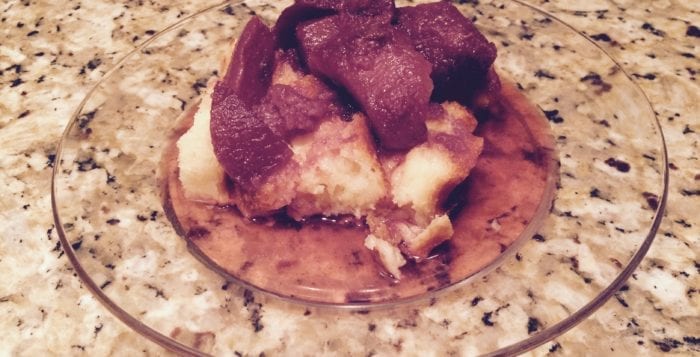
 THE FACTS: My father died recently. He had a will in which he named my brother as executor. My brother and I have not spoken to each other in a number of years. I am concerned that he will close out my father’s accounts and sell his house and keep all the money even though I am named as a half beneficiary under the will. He seems to be under the impression that since he is the named executor, he can do these things simply by presenting the will.
THE FACTS: My father died recently. He had a will in which he named my brother as executor. My brother and I have not spoken to each other in a number of years. I am concerned that he will close out my father’s accounts and sell his house and keep all the money even though I am named as a half beneficiary under the will. He seems to be under the impression that since he is the named executor, he can do these things simply by presenting the will.
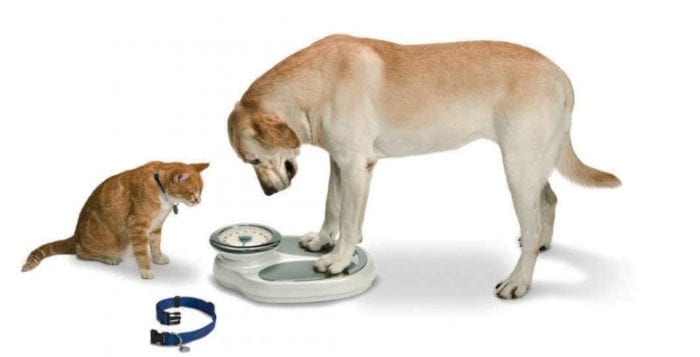
 It’s 2017 and time to start our New Year’s Resolutions!! We all know the struggle with the battle of the bulge. We all want to look and feel good. We all know that regular exercise and diet is the key to a long, healthy life. Well, our thinking in that regard should extend to our four-legged friends. Obesity in this country is as big a problem in dogs and cats as it is in ourselves.
It’s 2017 and time to start our New Year’s Resolutions!! We all know the struggle with the battle of the bulge. We all want to look and feel good. We all know that regular exercise and diet is the key to a long, healthy life. Well, our thinking in that regard should extend to our four-legged friends. Obesity in this country is as big a problem in dogs and cats as it is in ourselves. Pancreatitis, or inflammation of the pancreas, is a serious (sometimes life-threatening disease in dogs and cats) that is a risk with obesity. There is also a higher incidence of diabetes in obese dogs and cats. Thus is believed to be related not only to damage to the pancreas but also insulin resistance (as in humans). Although obesity does not directly effect the heart, obesity in a pet that has a pre-existing heart condition will hasten the progression to heart failure.
Pancreatitis, or inflammation of the pancreas, is a serious (sometimes life-threatening disease in dogs and cats) that is a risk with obesity. There is also a higher incidence of diabetes in obese dogs and cats. Thus is believed to be related not only to damage to the pancreas but also insulin resistance (as in humans). Although obesity does not directly effect the heart, obesity in a pet that has a pre-existing heart condition will hasten the progression to heart failure.